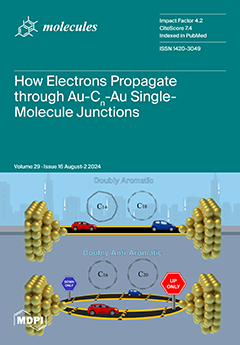CO
2-enhanced oil recovery (CO
2-EOR) is a crucial method for CO
2 utilization and sequestration, representing an important zero-carbon or even negative-carbon emission reduction technology. However, the low viscosity of CO
2 and reservoir heterogeneity often result in early gas
[...] Read more.
CO
2-enhanced oil recovery (CO
2-EOR) is a crucial method for CO
2 utilization and sequestration, representing an important zero-carbon or even negative-carbon emission reduction technology. However, the low viscosity of CO
2 and reservoir heterogeneity often result in early gas breakthrough, significantly reducing CO
2 utilization and sequestration efficiency. A water-alternating-gas (WAG) injection is a technique for mitigating gas breakthrough and viscous fingering in CO
2-EOR. However, it encounters challenges related to insufficient mobility control in highly heterogeneous and fractured reservoirs, resulting in gas channeling and low sweep efficiency. Despite the extensive application and research of a WAG injection in oil and gas reservoirs, the most recent comprehensive review dates back to 2018, which focuses on the mechanisms of EOR using conventional WAG. Herein, we give an updated and comprehensive review to incorporate the latest advancements in CO
2-WAG flooding techniques for enhanced sweep efficiency, which includes the theory, applications, fluid displacement mechanisms, and control strategies of a CO
2-WAG injection. It addresses common challenges, operational issues, and remedial measures in WAG projects by covering studies from experiments, simulations, and pore-scale modeling. This review aims to provide guidance and serve as a reference for the application and research advancement of CO
2-EOR techniques in heterogeneous and fractured reservoirs.
Full article






